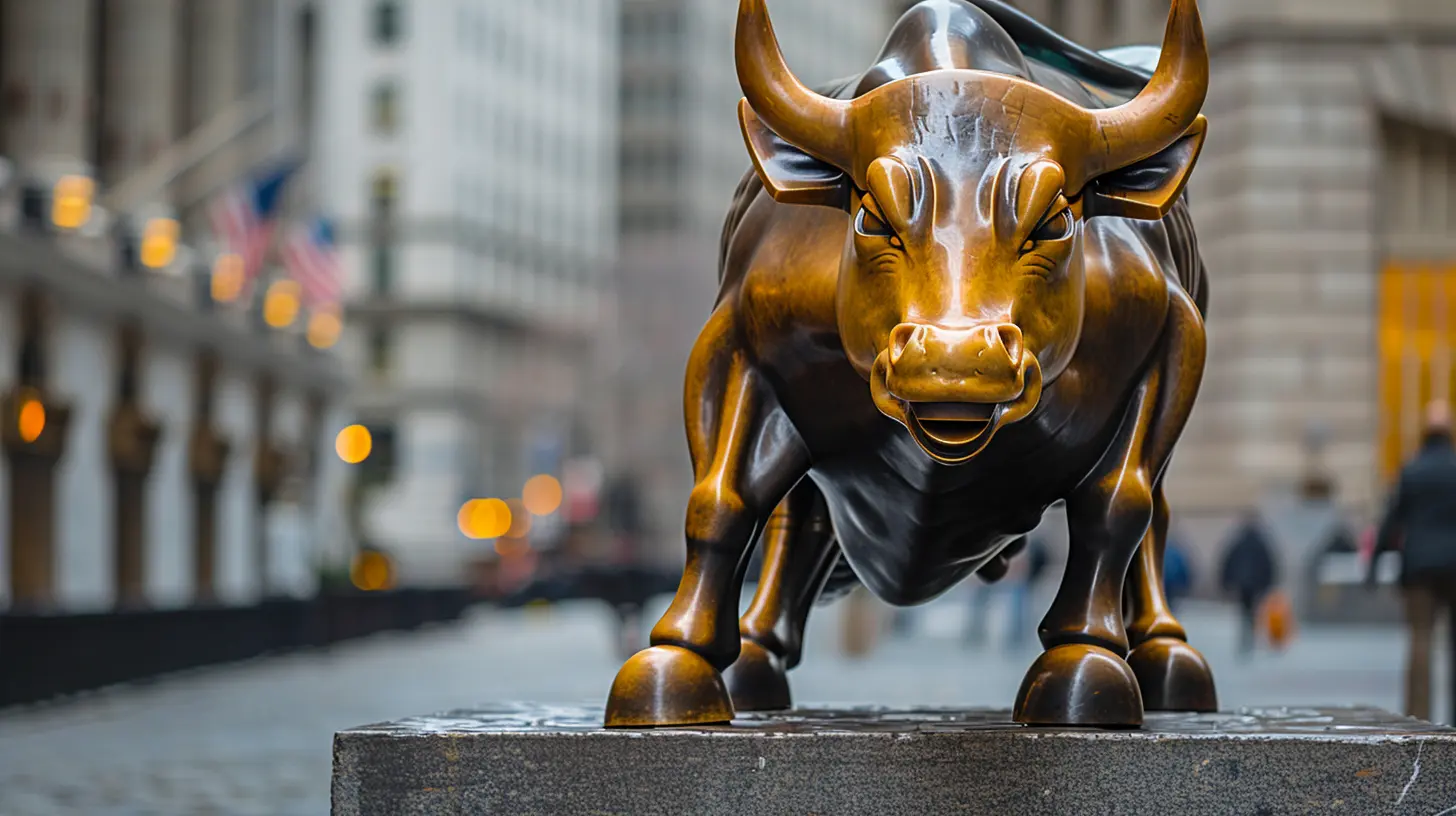19 December 2024
Over the years, Initial Public Offerings (IPOs) have become synonymous with quick riches and financial success. The buzz surrounding a hot IPO is electric—it’s like the stock market’s version of a Hollywood blockbuster premiere. Everyone’s talking about it, everyone seems excited, and everyone wants a piece of the action. But just like blockbuster sequels, not all IPOs are guaranteed hits. Beneath all the glitter and gloss, there are hidden risks lurking that can blindside even the most seasoned investors.
So, before you jump headfirst into the whirlwind of an IPO frenzy, let’s hit the pause button and dive deep into what you should be watching out for. Remember, not all that glitters is gold.
What Makes an IPO “Hot”?
First, let’s set the stage. What exactly is a “hot IPO”? A hot IPO is typically a new stock offering that receives massive attention from investors, often because the company behind it is trendy, fast-growing, or operating in a buzzy sector (think fintech, EVs, or AI). The hype surrounding these IPOs can drive significant demand, and in many cases, the stock price skyrockets on the first day of trading.Sounds dreamy, right? Well, not so fast. While a hot IPO might seem like your golden ticket to wealth, there’s a lot going on beneath the surface that could turn your dream investment into a financial nightmare. Let’s break it down.
The Hype Trap: Why It’s Dangerous
If there’s one thing you should know about hot IPOs, it’s this—they thrive on hype. The marketing campaigns, the media buzz, the “insider leaks” about massive growth potential—it’s all designed to generate fear of missing out (FOMO). Sometimes, IPOs feel more like a product launch than a financial decision.But here’s the catch: hype doesn’t equal value. Sure, a company might have an exciting story, but does that story translate to profits? Not always. Many IPOs are priced based on sky-high growth expectations, not current financial performance. That’s risky territory.
Think about it like this: buying into a hyped IPO without digging deeper is like buying a flashy car without checking the engine. It might look amazing, but what if it breaks down on the highway? You don’t want to be that investor stranded on the side of the road.
Hidden Risks in Hot IPOs
Let’s unpack the hidden risks you need to watch out for before you dive into an IPO investment.1. Overvaluation: Paying Too Much for the Hype
Hot IPOs often come with eye-watering valuations. This means the price you’re paying for a share of the company is based on lofty assumptions about the future. But what if those future promises don’t pan out? You could end up holding a stock that's worth far less than you paid for it.To put it into perspective, imagine buying a house for $1 million because everyone’s raving about how amazing the neighborhood will be in ten years. If that neighborhood doesn’t develop as expected, you’re left overpaying for something that’s worth half the price. Yikes!
2. Profitability Problems
A lot of companies going public these days aren’t actually profitable. Yep, you heard that right. They’re burning through cash faster than a bonfire burns logs. While that might not be an issue in the short term, the long-term sustainability of the business is questionable at best.Take the time to check the company’s financials—look at their revenue, margins, and cash flow. If they’re still bleeding money, ask yourself how long they can keep that up before needing another injection of capital.
3. Lock-Up Expiry: The Hidden Avalanche
Here’s a term that doesn’t get enough attention—lock-up expiry. This is a period (usually 90-180 days after the IPO) during which insiders—like company executives and early investors—can’t sell their shares.Once the lock-up period ends, those insiders may start selling, which could flood the market with shares and tank the stock price. It’s like a delicate house of cards collapsing. Watch out for this ticking time bomb.
4. Lack of Track Record
When a company goes public, it’s essentially inviting everyone to judge its performance. But if it’s a relatively young company, it probably doesn’t have a long track record to evaluate. Without years of consistent financial performance, you’re walking into uncharted waters.Would you get on a plane with a pilot who’s only flown once before? Probably not. So why treat investing in an IPO any differently?
5. Market Conditions at Play
Sometimes, an IPO’s success or failure has little to do with the company and much more to do with what’s happening in the broader market. If the stock market is experiencing volatility or a downturn, even a strong IPO could flop. Timing matters—a lot.
How to Protect Yourself From IPO Pitfalls
Now that we’ve peeled back the layers of hidden risks, what can you do to protect yourself? Here are some actionable tips:1. Do Your Homework
Always, always research the company thoroughly before investing. Read their IPO prospectus—it’s a goldmine of information on the company’s finances, risks, and growth plans. Yes, it might be a tedious read, but it could save you a lot of heartache later.2. Look Beyond the Hype
Ignore the buzz and look at the fundamentals. Is the business actually profitable? What’s their competitive advantage? Are they in a sustainable industry? Focus on cold, hard data—not flashy headlines.3. Be Wary of FOMO
Just because everyone else is buying doesn’t mean you should. Avoid letting emotions rule your decisions. Investing isn’t a popularity contest; it’s about making smart choices with your money.4. Start Small
If you’re really excited about a hot IPO, consider dipping your toes in rather than diving in headfirst. Invest a small amount to test the waters and see how the stock performs over time.5. Consult a Financial Advisor
If you’re unsure, don’t hesitate to seek professional advice. A financial advisor can provide an objective perspective based on your personal financial goals.Examples of Flopped Hot IPOs
To drive the point home, let’s look at a few examples of hyped IPOs that went sour:- WeWork: Once the darling of the coworking space industry, WeWork’s cancelled IPO exposed major profitability issues and ballooning debt. Investors who bought into the hype dodged a bullet when the IPO didn’t materialize.
- Snapchat (Snap Inc.): When Snap Inc. went public, its stock price initially soared but later plummeted as the company struggled to grow users and generate profits.
- Uber: Despite being a household name, Uber’s IPO was rocky due to concerns over profitability and fierce competition.
Conclusion
Hot IPOs can feel like a ticket to the big leagues, but as we’ve uncovered, they’re not without their pitfalls. From overvaluation and profitability issues to market timing and lock-up expiries, there’s no shortage of risks to watch for. The key is to approach IPO investments with a healthy dose of skepticism and a commitment to doing your homework.Remember, investing is a marathon, not a sprint. While chasing a hot IPO might seem exciting, slow and steady wins the race. Don’t let FOMO dictate your decisions. After all, the best investments are the ones grounded in research, not hype.











Rhiannon Huffman
Exciting insights, great read!
April 6, 2025 at 8:03 PM